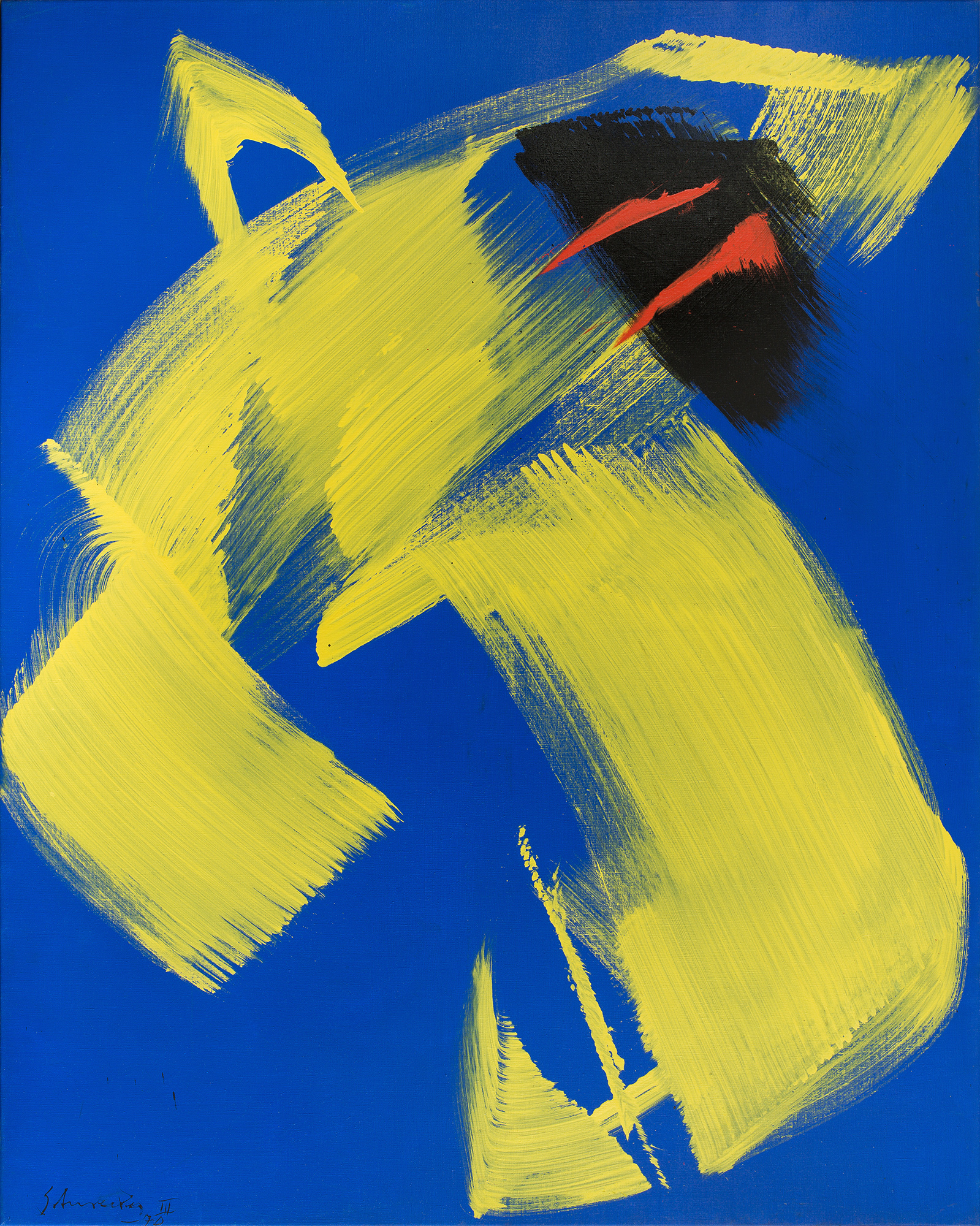The Catalogue Raisonné: The essential tool for recognizing and promoting an artist
A catalogue raisonné is a reference publication that exhaustively and methodically lists all known works by an artist.
It may also focus on a specific group of works by the artist, based on a particular theme or period.
It is a fundamental tool in the fields of art history, expertise, conservation, and the art market.
Main Characteristics of a Catalogue Raisonné
Its comprehensiveness is essential: a Catalogue Raisonné aims to list all of an artist’s works (paintings, drawings, sculptures, prints, etc.), whether they are in public collections, private hands, lost, or destroyed.
Extensive documentation is one of its goals.
Each work is accompanied by detailed information:
– title, date, dimensions, techniques used
– provenance (history of ownership)
– exhibitions in which the work was shown
– bibliography (references in publications)
– illustrations (photos, sometimes preparatory sketches)
– organization: it is often arranged chronologically, thematically, or by medium
– critical evaluation: the catalogue may include analysis, commentary, or justification for the inclusion or exclusion of a work
What is its Purpose?
It serves as an essential reference for researchers, museums, auction houses, collectors, and experts.
It helps to authenticate works and prevent forgeries.
Above all, it has a direct impact on the value of a work. Experts and dealers refer to it during sales.
One renowned example is the Catalogue Raisonné of Pablo Picasso (published in multiple volumes by Christian Zervos), which is a major reference in the art world.
Accueil »




